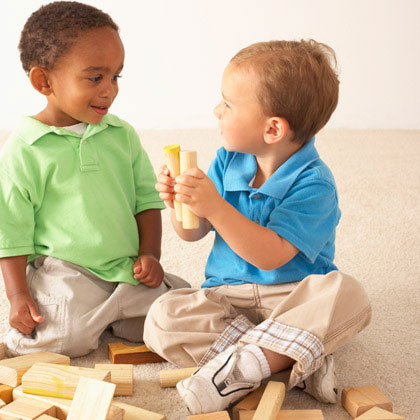 Your little crying and cuddling machine over the past year is finally a toddler. Getting your child to eat vegetables, behave in public and potty train is no small achievement. As much as toddlerhood brings joy, it also brings frustrations as well. This means that you will need to have a helping hand along the way. Here is a guide to toddler development and how to take care of your toddler, from sleeping through the night, picky eating habits, to friendships and tantrums.
Your little crying and cuddling machine over the past year is finally a toddler. Getting your child to eat vegetables, behave in public and potty train is no small achievement. As much as toddlerhood brings joy, it also brings frustrations as well. This means that you will need to have a helping hand along the way. Here is a guide to toddler development and how to take care of your toddler, from sleeping through the night, picky eating habits, to friendships and tantrums.
Toddler Development Milestones
Simple skills like waving bye-bye, smiling for the very first time and taking the first step are referred to as developmental milestones. These milestones can simply be defined as the simple things that most children are able to do by the time they attain a certain age. Children attain milestones in how they learn, play, behave, speak and move.
By the time children attain 2 years of age, they are moving more. They are also aware of what surrounds them and themselves as well. Toddlers at this age also have an increasing longing to explore objects that are new and people who are new as well. The following table explains in detail the developmental milestone in your toddler:
|
Typical Toddler Development Milestones |
|
|
Age |
What They Can Do |
|
9 months |
|
|
12 months |
|
|
18 months |
|
|
24 months |
|
|
36 months |
|
How to Take Care of Toddlers and Help Them Grow
1. General Tips
There are a number of things that a parent can do to assist their tiny tot during this stage. For example:
- Ask her to name body parts and objects or find for you certain objects.
- Read to your toddler daily.
- Encourage him to try new things and explore.
- Play matching games with them. Examples are simple puzzles and sorting shapes.
- Encourage your child’s independence by allowing him to feed and dress himself.
- Help develop your child’s language. You can do this by talking to her and commenting on words that she says, for example when your child says “baba” you can respond to her saying, “Very good. Yes that’s a bottle”.
- Congratulate your child on wanted behavior more often than you criticize undesired behavior. Always show or tell your child what she is supposed to do.
- Encourage the curiosity of your child and her ability to identify common objects by taking a bus ride or going on field trips in the park together.
2. Ensure Your Toddler’s Safety
Since your child is moving around a lot more, she will be exposed to more danger as well. Here are some tips that can help keep your child safe:
- Keep your child’s car seat facing the rear for as long as possible, until she reaches the top weight or height allowed by the car seat manufacturer. This is the best way to keep your child safe.
- Store guns in a place that is safe and is out of reach.
- Don’t leave your child alone in any vehicle.
- Lock up poisons, household cleaners as well as medicines
- Keep knives, scissors and pens in place that is out of your child’s reach.
- Keep irons, kitchen appliances and heaters out of your child’s reach.
- Make sure that your home is toddler proof. Place plug covers on all electrical outlets that are unused.
- Lock doors to dangerous places such as the basement or garage. With a small fence or gate, block the stairs.
- Do not leave your child near water e.g. near pools, bathtubs etc.
3. Keep Your Baby Healthy
- Give your baby plain milk and water other than sugary drinks. Breast milk is an ideal diet addition to your toddler even after the first year.
- Offer a myriad of foods that are healthy and let her choose what he wants to eat as he might be a very picky eater.
- Limit the time that toddlers below the age of 2 watch TV.
- Allow your child be active by allowing him to climb, run, kick and jump as his coordination is developing and he’s growing stronger.
4. Consider Potty Training (24 to 36 Months)
Potty training is an inevitable thing for toddler development. The age at which children are ready for potty training varies. Signs that might show that it may be time include:
- Your child grabs her diapers, peers down at them or tries to get off them when they are soiled.
- She crosses her legs or squats when she needs to go
- Shows interest in potty related things like talking about poo-poo or pee-pee or wanting to watch you when you go to the bathroom.
5. Deal With Tantrums
A tantrum is an expression of a child’s frustration with the challenges that have taken place at a particular moment. The best way to respond to a tantrum is to ignore it. Once your child has calmed down, let them understand that tantrums will not get your attention and if she wants to tell you something, they have to use words.
Watch the following video to learn more about toddler development milestones:
